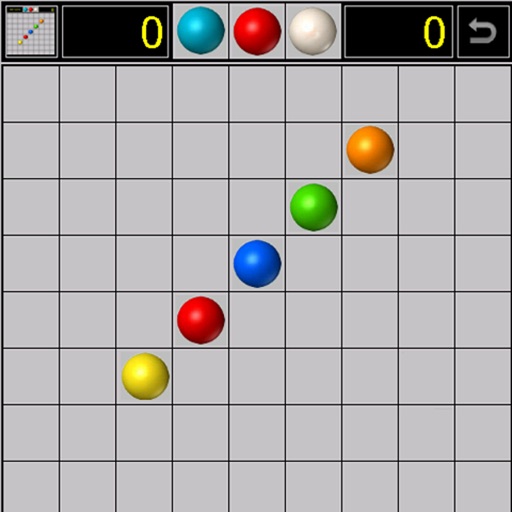

Qualitative, quantitative, and color-accuracy analyses based on experimental results show the superiority of GAN-DE over current state-of-the-art methods. The discriminator includes color-line loss and adversarial loss so as to simultaneously remove haze while preserving the underwater image content. In particular, the color-line loss function is designed based on color-line model which is used to describe the degree of haze.
#COLOR LINES 92 GENERATOR#
Besides, the structure of generator is designed as combined Unet and Variety of View Network (VoVnet). The comprehensive training datasets which include synthetic underwater image training datasets and underwater image training datasets are proposed to train the networks. In this paper, a generative adversarial network with dehazing evaluation (GAN-DE) is proposed to realize underwater vision enhancement. Therefore, underwater vision enhancement need consider both dehazing and processing speed in a changing underwater environment. Underwater vision faces the problem of visual degradation and haze caused by absorption and scattering of light. We show that our proposed model significantly reduce texture-copying artifacts while retaining surprisingly tiny details, outperforming existing state-of-the-art methods. It utilizes easy-to-acquire labels to learn from real-world shading, significantly improves performance with only minor additional annotation effort. Finally, we propose ClothInNet model with carefully designed loss terms and an adversarial module. A more interpretable edge-aware metric and an annotation scheme is designed for the testing set, which allows diagnostic evaluation for intrinsic models. We collected CloIntrinsics, a clothing intrinsic image dataset, including a synthetic training set and a real-world testing set. In this paper, we focus on intrinsic image decomposition for clothing images and have comprehensive improvements. With a lack of domain-specific data and coarse evaluation metrics, existing models failed to produce satisfying results for graphics applications. Reconstruction of human clothing is an important task and often relies on intrinsic image decomposition. Furthermore, we proposed new methods to improve 3D scene understanding for autonomous vehicles. In this thesis, we studied the pertinence of including hyperspectral images in the creation of new virtual environments. However, they are not as realistic as the real world is. An alternative is to simulate virtual environments where all possible configurations can be set up beforehand. Due to the huge number of possible scenarios, it is not feasible to perform it in real life. A very important bottleneck nowadays for the autonomous vehicle is the evaluation of the proposed algorithms. One of them is the autonomous vehicle where many efforts have been made in the last century to make it real. More recently, thanks to the development of low-cost sensors and the publication of some opensource libraries, they have become very popular and have been applied to a wider range of applications.

Initially, they were mostly used for remote sensing applications.

Point clouds have attracted the interest of the research community over the last years.


 0 kommentar(er)
0 kommentar(er)
